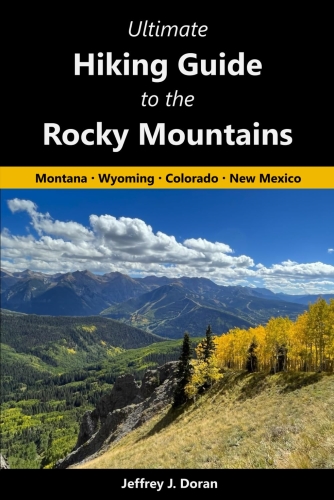According to Rocky Mountain National Park: A History, at least four Clovis and Folsom projectile points have been found in Rocky Mountain, suggesting that Paleo-Indians were crossing through the future national park at least ten to fifteen thousand years ago. Other artifacts, such as tools and fragments of pottery, have also been found. Abner Sprague, one of the first settlers in the Estes Park area, once remarked that "the Indians made Estes Park a summer resort there is no question, as evidence of their summer camps were everywhere throughout the Park when the White pioneer came."
Within the last thousand years the Ute Indians moved into the Rocky Mountain region. By the early 1800s, so did the Arapahos. Both the Arapaho and Ute Indians likely traveled across the park using east-west routes such as Trail Ridge, Forest Canyon, Fall River and Flattop Mountain in order to reach traditional hunting grounds on the Great Plains. The Arapaho Indians referred to the Flattop Mountain corridor as "The Big Trail". At one time the Flattop Mountain Trail was also known as the Grand Trail. A pathway was formally constructed in 1925, was rehabilitated by the Civilian Conservation Corps in 1940, and is now currently listed on the National Register of Historic Places.
*******************************************************************************
From Montana to New Mexico, the American Rockies stretch for more than a thousand miles. Within this spectacular mountain range are thousands of miles of hiking trails. With such an overwhelming number of options, how will you find and choose the most scenic and rewarding hikes?
Ultimate Hiking Guide to the Rocky Mountains takes all the guesswork out by focusing on some of the most amazing hikes across this range, and provides you with a handpicked list of options that will allow you to make the most of your trips in the Rockies:



No comments:
Post a Comment